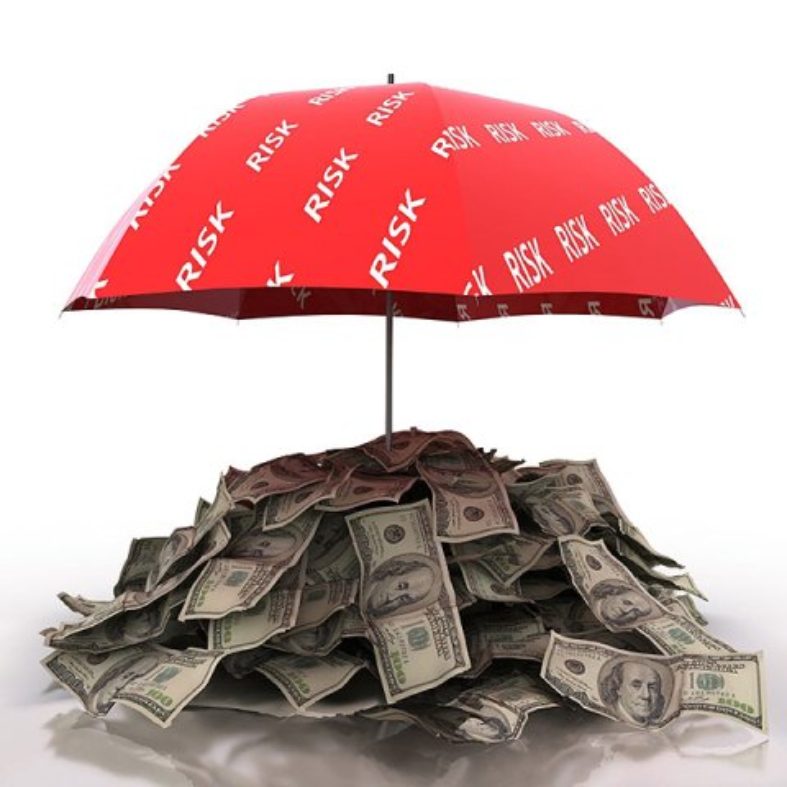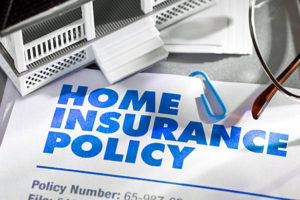Loan protection insurance or the payment protection policy as the name suggests has been designed to meet the requirements related to the payment of the debt obligations in case an individual finds themselves incapable of doing so. Thus the insured is saved from the default and also from losing their credit rating because of the non-payment of their dues.
In the US, these PPI or the payment protection policies come in different forms and are even customized to the needs of the customers. One can separate coverage for the loans involving huge amounts like the mortgage or the Car loans. However, before one takes any of these policies, it is really important that one understands the nuances of the policy and the way it is going to benefit them at the times of urgency.
How Does Loan Protection Insurance Work?
Loan protection policies are meant to offer payments to the creditors in case the debtors are caught up in a financial turmoil and cannot repay the debts on their own. However, the coverage generally extends for a short term which generally ranges between 12-24 months. The policy can be used for the payment of the EMIs related to the mortgage, auto loans, personal loans or any other loans where the monthly payments are required to be made by the debtors. The policy is generally issued to the people who are in the age group of 18-65 and are gainfully employed at the time of taking the policy.
The two different kinds of policies may be:
Standard Policy
This policy does not consider age or lifestyle habits of the policyholders. The amount of coverage one would like to take will depend on the requirements and the assessment of the insurer. However, under this policy the coverage starts only after an exclusion period of 60 days.
What Are the Costs?
The cost associated with the payment protection policy will depend on the age, location, type of coverage and other similar factors. Credit score also contributes to the decision of the policy approval. Anyone having a bad credit history will be required to pay a very high premium for coverage.
Whenever you are looking for these kind of insurance options you need to look at the premiums which the companies have on offer for you. In most of the cases, if you take these insurance policies from the established banks and financial companies you are likely to pay more towards the premiums.
Pros and Cons of Having Loan Protection
No matter how well your research and take a calculated approach towards deciding your policy, you are bound to find some of the benefits and the drawbacks associated with the policy.
If you look towards the loans from the credit score perspective, you will find that the continuous payments of the premiums will see that your credit score is not affected adversely.
What to Look out for
It is important to point out that PPI coverage is not required in order to be approved for an unsecured loan. Some loan providers make you believe this, but you can definitely shop with an independent insurance provider rather than buy a payment protection plan from the company that originally provided the loan.
The Bottom Line
Whenever you take a loan or a PPI it is best to review all the terms and conditions and the fine prints which come with them. One need to assure that they are aware of all the processes and the coverage details so that when they are actually faced with an emergency situation or are about to make a loan decision they take everything into consideration.



